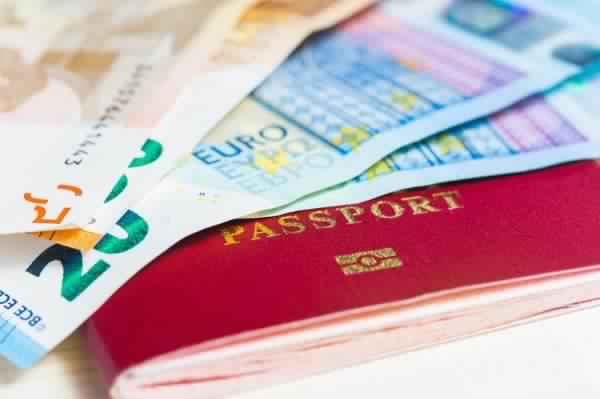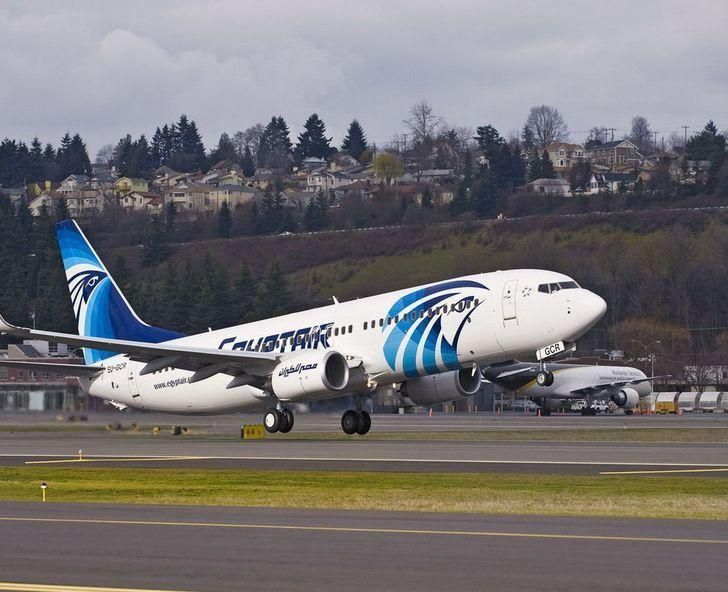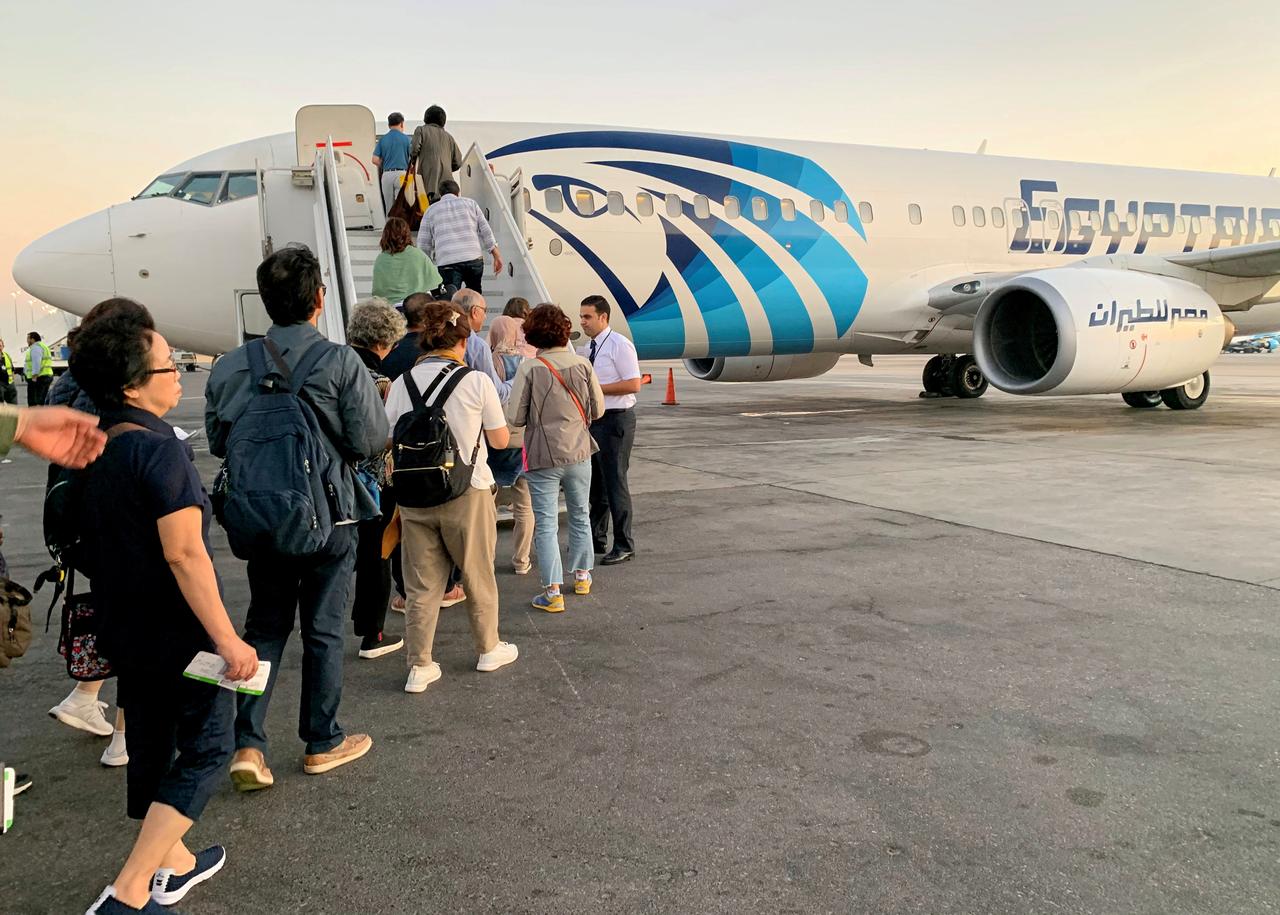Many Chinese-produced maps place Europe and Africa on the left side, the Americas on the right, and China at its center. It makes sense–after all, the country’s name in Mandarin is ZhōngGuó–the Empire of the Middle.
Looking at a map on which Spain seems to be falling off the western edge of the world and with Papua New Guinea sitting where you’re used to seeing Egypt, can be a little unsettling to those not from Asia, but it's a learning experience. It’s a reminder that perspectives are wildly subjective. Think of it: For the Chinese, we’re Western and Andy Warhol is technically an Oriental artist (yes, I know they don’t refer to him in those terms, but you get the point).
The folks who decided the Mediterranean was at the heart of our world–and even named it such (from the Latin Mediterraneus, meaning center [medi-] of the earth [-terra-])–surely didn’t ask the Chinese what they thought. Or the South Africans, for that matter. And they didn’t even know that the Australians, Acadians, or Brazilians existed yet.
Our perspective of who we are, where we stand vis-à-vis the rest of the world, and how we eat, work, pray, interact with others, greet, flirt, maybe even cross the street or wear our shoes, are exactly that: our perspectives. The world doesn’t necessarily function the way we do, and that’s quite alright.
Brits, Ugandans and Indonesians do not drive "on the wrong side of the street"–just on the other one. Russian men can mooch on the lips if they like; it doesn’t make them any less manly.
Traveling isn’t about clocking up miles. It's not about getting a suntan in December or skiing in July (because today you can do both in a place as unoriginal and nearby as Dubai).
It’s about confronting ourselves with the thought that our perspectives are subjective, imperfect and biased. It’s about absorbing new perspectives and, when we’re very lucky, convincing our brain to accept them as equally native as the ones we grew up with. Over time, our brain's wiring has hardened in its own way. We are simply not amenable to the thought that what we’ve been doing isn’t canonical.
The best travel experiences are those that allow you–force you–to regain a childlike sense of wonder, to learn the basics, and challenge you to use your senses in ways you didn’t know existed.
A far more intelligent friend once explained to me the difference between "procedural memory"–the things we remember to do without thinking, like tying your shoes or pressing the pedals in the right order when you drive–and "declarative memory," which is the set of things you remember and think of–the facts and events you can recall.
Most people travel hoping to create more of those "postcard memories"–things you can tell to your friends when you’re back, things you can snap a photo of. A tour operator will help you do that by providing you with the same accommodation, food, company, and rules of conduct you’re acquainted to back home, so you can focus on–that's right–snapping pretty photos.
But the most amazing travels are those that dig into your procedural memory–that challenge the very way you thought basic things should be done.
It’s those memories we cannot explain. It’s, well, the frustration–and ultimately, the success–of learning to eat with chopsticks; to use your left hand as little as possible in India; to go for yet another clumsy round of dabka at a Palestinian wedding; or to give street directions by referring to east and west rather than right and left as they do in one-third of the world’s languages.
It's those instances etched in our memory that inform us what not do to on a first trip to Hong Kong, or that tell us why we should wholeheartedly trust the prophecy offered by an oracle in a Taoist temple.
I must emphasize that it’s not only a matter of experimenting with cultures. For the most stubborn of hardwired brains can experience it all with an anthropologist’s approach–practicing without absorbing. Don’t eat durian so you can go home and say you tried it. Eat it because it’s an experience worth trying. And who knows, you might end up liking the fruit.
How can you measure the real impact of a journey? Well, it’s the subtle changes of behavior, as you internalize new ways of doing things, sometimes without realizing!
That would be, for example–getting used to using the free Wi-Fi on a subway in Taipei: That, too, is a new perspective, even if its components–using Wi-Fi and riding the subway–are far from being novel. Or how to get your breakfast on the fly in New York. Or crossing the street in Cairo. Or learning to drive on the wrong–sorry, right–side of the road.
After a day, a week, a month, when all this has become part of what you do without thinking, then congratulations: You’ve had that fantastic travel experience that I probably envy you for.
The worst part? All that really matters will be the hardest to explain when you go home. But with all the new perspectives you should have internalized, you will have learned the greatest lesson of all: that none of us holds the entire truth. And that is, truly, the greatest gift.




